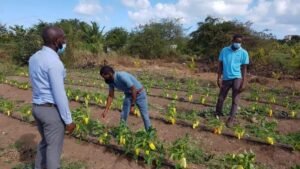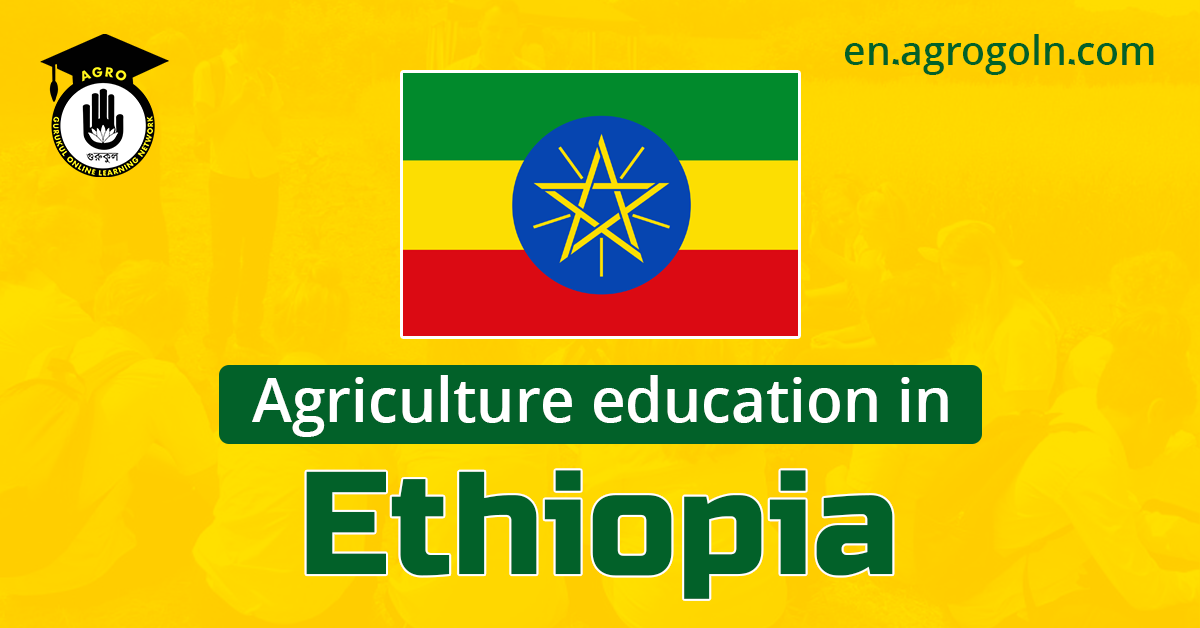Agricultural Education in Ethiopia. Agriculture is the backbone of Ethiopia’s economy, employing about 85% of the population. Therefore, agricultural education plays a pivotal role in enhancing the country’s socio-economic development, food security, and employment opportunities. This article delves into the history, current status, challenges, and prospects of agricultural education in Ethiopia.
Agricultural Education in Ethiopia
Historical Background
Ethiopia, with its diverse agro-climatic conditions and rich natural resources, has a long-standing tradition of agriculture that dates back thousands of years. Traditional farming methods were passed down orally from generation to generation. However, as time progressed and the need for a formalized agricultural education became evident, the country took steps to institutionalize the learning process.
The beginnings of formal agricultural education in Ethiopia can be traced back to the early 20th century. The establishment of higher learning institutions, such as Alemaya College of Agriculture in the 1950s (now Haramaya University), marked a significant milestone in the journey to modernize and systematize agricultural education.

Current Status of Agricultural Education
Over the years, Ethiopia has worked to expand its agricultural education across different levels:
- Primary and Secondary Levels: Many schools in Ethiopia, especially in rural areas, incorporate agricultural practices in their curricula. This practical exposure helps instill a basic understanding of farming techniques, importance of sustainability, and appreciation for agriculture from a young age.
- Vocational and Technical Training: The Technical and Vocational Education and Training (TVET) program in Ethiopia plays a significant role in producing middle-level agricultural technicians and experts. Institutions under the TVET program offer specialized courses in areas such as horticulture, animal husbandry, soil science, and agribusiness.
- Tertiary Level: Ethiopia boasts of several universities offering undergraduate, postgraduate, and doctoral programs in agriculture and related fields. These institutions are spread across various regions, allowing students from different parts of the country to access quality agricultural education. Some of the notable universities include Addis Ababa University, Haramaya University, Jimma University, and Hawassa University.

Challenges Facing Agricultural Education
While there have been strides in promoting agricultural education in Ethiopia, several challenges hinder its full potential:
- Resource Limitations: Many educational institutions, especially those in remote areas, lack the necessary resources such as modern labs, updated textbooks, and qualified instructors.
- Curriculum Mismatch: There’s a need to constantly update the curriculum to match the changing agricultural landscape. Climate change, emerging pests and diseases, and new agricultural technologies require continuous curriculum reviews.
- Research and Extension Services: Universities and colleges have limited connections with research institutions and extension services. This gap makes it difficult to translate theoretical knowledge into practical applications.
- Gender Imbalances: Like many other sectors in Ethiopia, agriculture and its education are male-dominated. Although there’s been an increase in female enrolment, more needs to be done to ensure gender equality in agricultural learning and practice.
- Traditional Mindsets: Despite the advancements in agricultural techniques, many farmers remain rooted in traditional methods. Bridging the gap between modern agricultural education and traditional farming practices is essential for sustainable growth.
Prospects and the Way Forward
Despite the challenges, the future of agricultural education in Ethiopia is promising. Here’s a look at potential areas of focus:
- Integration of Technology: Incorporating technology in agricultural education, such as digital platforms, can bridge the knowledge gap. Online courses, virtual labs, and digital libraries can ensure that students and farmers alike access current information.
- Public-Private Partnerships: Encouraging partnerships between educational institutions and private agricultural entities can foster research, internships, and employment opportunities.
- Gender Inclusivity: Efforts should be intensified to attract and retain more women in agricultural courses and professions. This can be achieved through scholarships, mentorship programs, and sensitization campaigns.
- Sustainability and Climate Change: As global challenges like climate change impact agriculture, the curriculum should emphasize sustainable farming methods, conservation, and resilience-building.
- Community Engagement: Universities and colleges should be more involved in community outreach, offering training sessions and workshops to local farmers. This not only bridges the knowledge gap but also fosters a sense of community and shared growth.

Conclusion
Agricultural education in Ethiopia has come a long way from its traditional roots to modern, institutionalized learning. While challenges persist, with continued investment, innovation, and a focus on inclusivity and sustainability, the sector is poised for transformative growth. As Ethiopia continues to rely heavily on agriculture for its economic sustenance, the importance of agricultural education cannot be overstated. It’s not just about producing the next generation of farmers, but about equipping the nation with the knowledge and skills to feed its people and drive its economy forward.
